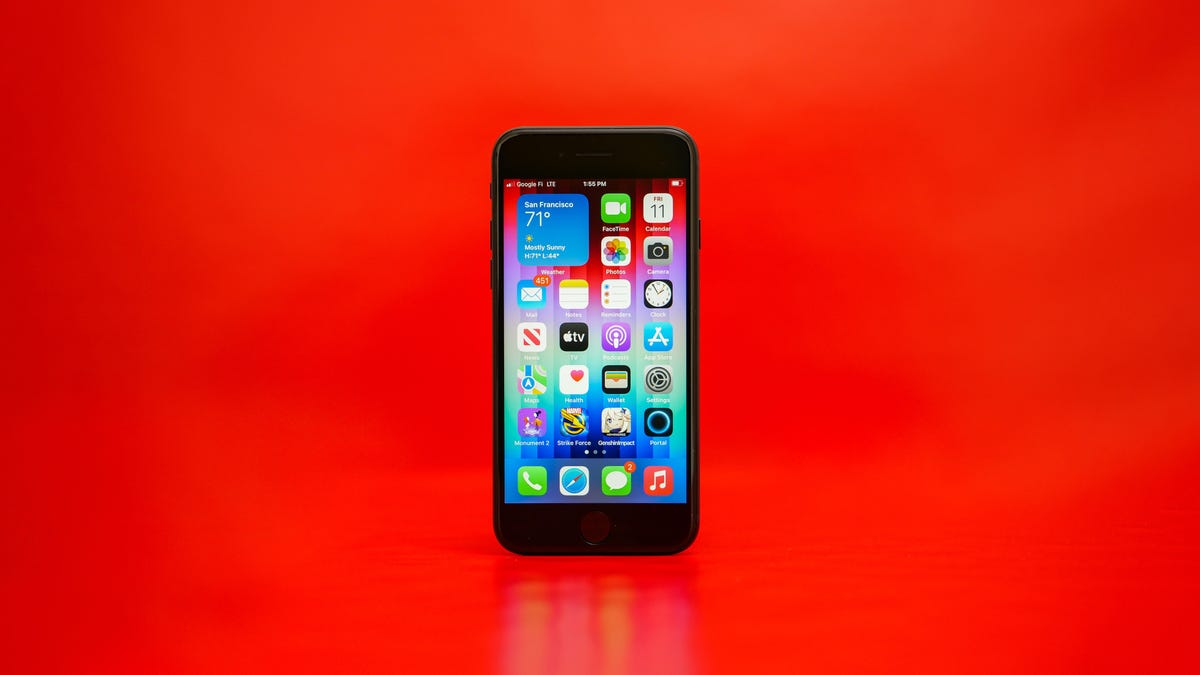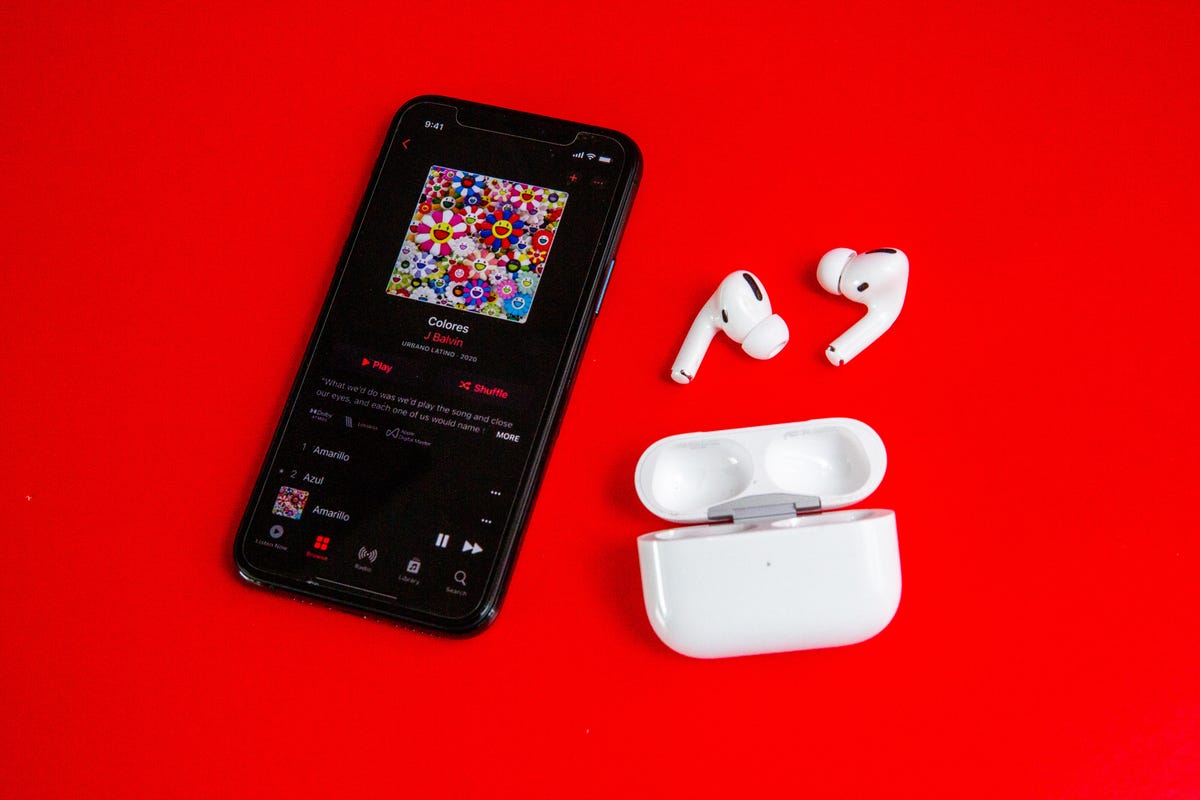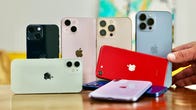[ad_1]
This story is part of Focal Point iPhone 2022, CNET’s collection of news, tips and advice around Apple’s most popular product.
Tomorrow marks 15 years since the first iPhone went on sale. When Steve Jobs introduced the original iPhone he wryly hyped it as three revolutionary products: An iPod, a phone and an internet communicator. The first iPhone only came in one size and the only decision you had was whether to get one with 4GB of storage or 8GB. As far as carriers, only AT&T supported Apple’s first phone.
At the time, the idea of carrying an iPhone instead of a flip phone and an iPod was enough to convince some people to buy one. For others like me, the iPhone’s main appeal was the touch screen, which seemed unreal and futuristic.
“From the very beginning, one of the unique things about [the] iPhone was that we wanted to fuse together software, services and hardware to create a simple, powerful kind of magical experience,” said Bob Borchers, Apple’s vice president for product marketing. “And with the original iPhone, it was that interaction of multi touch and pinch to zoom, where you started to see that come together.”
Fifteen years later, Apple sells eight different models of iPhone, five of which have launched in the past 10 months. There is at least one version that works with pretty much every major phone carrier in the world. The iPhone is available in an array of colors, finishes, sizes and storage options that now top out at 1TB. And while the screen is where most of the magic happens, it’s no longer the main appeal of the iPhone.
Over the past decade and a half, what defines the iPhone has shifted away from just design and hardware specs. Instead, the iPhone and iOS have become a gateway into Apple services and features like iMessage, FaceTime, Siri, Apple Music, Apple Pay, top-of-the-line cameras and apps like Uber, TikTok, Twitter and WhatsApp. For better or worse, the iPhone has become home to our photos, music, conversations, ideas, games, identity, work, social media, shopping, keys and money.
In 2022, the iPhone continues to extend beyond its svelte metal-and-glass chassis into the world around us. It’s the backbone for products like the Apple Watch and AirPods, and will likely play a role in future Apple products like rumored AR glasses.
It also serves as the foundation for Apple’s digital services, which have become an increasingly important factor to differentiate the iPhone from competing mobile devices. These services have evolved rapidly in recent years along with the iPhone.
Find My, which started as a tool in 2010 for locating a lost iPhone, has grown into a network for finding Apple devices and pretty much anything you can attach one of Apple’s tiny AirTag trackers to. Some products, like VanMoof’s S3 bike, even have built-in Find My support, eliminating the need to add an AirTag entirely. As of 2021, Apple’s Find My network had hundreds of millions of devices, most of which were iPhones.
Just weeks ago at WWDC, Apple’s annual software developers conference, the company announced iOS 16 with expansions to its nearly decade-old Wallet app and Apple Pay service. Essentially, Apple wants to make your physical wallet obsolete. There’s also a new feature called Apple Pay Later that lets you split the cost of an Apple Pay purchase into four equal payments spread over six weeks, with zero interest and no fees. It’s done entirely through your iPhone.

The 2022 iPhone SE is nearly identical to the 2020 version but gets more durable glass, 5G and the A15 Bionic chip that debuted in the iPhone 13.
Kevin Heinz/CNET
In fact, you need an iPhone to access or use most of these services. Keep in mind that, for years, the iPhone’s premium price made it inaccessible to many, and that’s still true of Apple’s top-of-the-line iPhone Pro models. The recently upgraded iPhone SE gives Apple the opportunity to expand the iPhone’s reach even further. It’s the purest example of what defines an iPhone in 2022. The SE blends the body of an iPhone 8 with the glass and processor from the iPhone 13. At $429, it’s currently the most affordable way to get people into Apple experiences.
I spoke with Borchers ahead of the iPhone SE launch in March about the phone and why Apple added an A15 Bionic chip to it.
“It’s actually a really easy decision to put as much capability as we can in today, in order to invest in and create opportunities for those future experiences. It’s something that distinguishes us from others,” said Borchers.
No other phone maker takes this approach. It would be like Samsung using the body of its Galaxy S8 and putting the Galaxy S22’s processing power inside. The upcoming Pixel 6A will be the first budget Android phone that uses the same processor, Google’s Tensor chip, as the flagship Pixel 6 and 6 Pro. Of course, Google isn’t putting it into the body of Pixel 2 and instead is introducing a new design.
It makes sense that Apple’s cheapest phone has the same processor as its most expensive: It’s all about giving people access to Apple experiences. For example, if you buy an iPhone SE, you can use the Live Text feature in iOS 15 to grab text with your camera or copy it from a photo. And while the 2016 and 2020 versions of the iPhone SE sold well, it seems the 2022 version isn’t breaking any sales records yet. Apple doesn’t disclose a specific model breakdown of how many iPhones it sells, but analyst Ming-Chi Kuo lowered his shipping estimates for the iPhone SE (2022) by 10 million. The lower demand could be an effect of rising inflation and the fact that the 2022 and 2020 versions of the iPhone SE look identical.
Shanghai lockdown doesn’t affect the iPhone SE production. However, the new iPhone SE demand is lower than expected (the delivery status “in stock” as one of the proofs), and I cut my shipment estimation in 2022 to 15-20M (vs. 25-30M previously).
— 郭明錤 (Ming-Chi Kuo) (@mingchikuo) March 28, 2022
The SE showcases how iOS and Apple Silicon become the bedrock for everything you do on your iPhone. Obviously, not every model in Apple’s iPhone lineup is equal. More expensive phones like the iPhone 13 Pro come with a contemporary design, high refresh-rate screens, larger camera sensors and tools like the U1 ultra wideband chip and lidar.
These extra perks mean you can use your iPhone in more ways. For example, if you’ve got the right car, you can unlock it and start it with your iPhone. Borscher describes moments like these as “automagic,” meaning it just works. The same way a pair of AirPods can switch from your iPhone to your Mac for watching a video, or the way you can unlock your Mac using your Apple Watch.

Apple first introduced AirPods in 2017 with the release of the iPhone 7 and 7 Plus, which lacked a physical headphone jack.
Sarah Tew/CNET
Of course, such growth has consequences. Antitrust concerns over the app store and mobile payments, debates about screen time, Apple’s contentious dealings with the FBI, criticism that all these services are part of a strategy to lock people into Apple’s ecosystem and more recently, privacy questions over AirTags are just some of the concerns that have grown alongside the iPhone’s meteoric success. There are even questions as to whether Apple can launch another product line that is even half as successful as the iPhone. My CNET colleague and Apple reporter Ian Sherr points out that products like the Apple Watch and AirPods are lucrative largely because of their connection to the iPhone.
Over 15 years, the iPhone has become ubiquitous and helped Apple become a nearly $3 trillion company. The next iteration of the phone, likely called the iPhone 14, is expected to launch this September. It will no doubt run on iOS 16 and have the newest version of Apple’s A series processor and will continue to support the Apple experience. As for the long-term, my colleague Lisa Eadicicco thinks the most important part of future iPhones will be how it works with everything around it.
iPhone 13 and iPhone 13 Mini: Check out the redesigned camera module and smaller notch
[ad_2]

